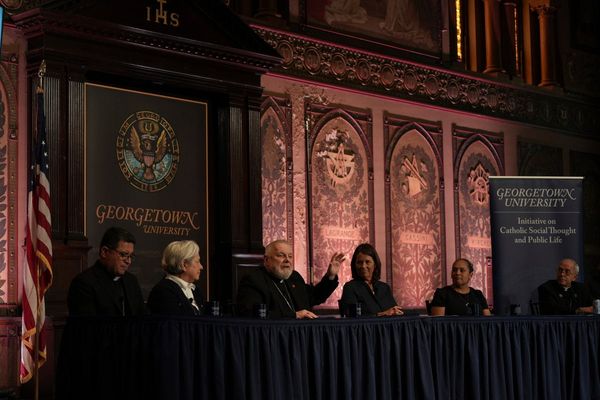
Financial experts have long preached the gospel of keeping emergency funds in traditional savings accounts for maximum liquidity and safety. But a heated discussion among Dave Ramsey followers reveals that many Americans are abandoning this conventional wisdom, opting instead for strategies that balance immediate access with protection against inflation’s erosive effects.
The shift reflects a growing frustration with traditional savings accounts that often pay less than 1% while inflation continues to chip away at purchasing power. Investors are discovering that emergency funds don’t have to be completely static to remain secure and accessible.
Don't Miss:
- Would You Have Invested in eBay or Uber Early? The Same Backers Are Betting on This Vacation Home Platform
- Kevin O'Leary Loves ‘Wonderful Recurring Cash Flows' — These Small Industrial Assets Deliver Just That
The High-Yield Savings Revolution
The most popular evolution involves moving emergency funds from traditional savings accounts to high-yield savings accounts, where rates currently range between 3.50% and 4.5% APY. This represents a significant upgrade while maintaining the liquidity essential for true emergencies.
Money market accounts have emerged as another favorite, with investors reporting rates between 2.5% and 4.6%. These accounts often provide slightly higher yields than high-yield savings accounts while preserving immediate access to funds when disasters strike.
Dave Ramsey himself recommends high-yield savings accounts, acknowledging that while emergency funds aren’t “investment money,” according to the Reddit discussion, they shouldn’t lose purchasing power unnecessarily.
The Inflation Protection Play
More sophisticated savers are incorporating I-bonds into their emergency fund strategy. These Treasury securities adjust with inflation and currently offer rates that can significantly exceed traditional savings vehicles. However, they come with a critical limitation: funds are locked for the first year, and early withdrawal within five years costs three months of interest.
Trending: Bill Gates Says Climate Change ‘Needs to Be Solved' — This Award-Winning Building Material Is Tackling It Head-On
This restriction has led to a “tiered approach” where investors maintain a smaller liquid fund in high-yield savings accounts while building a larger inflation-protected component through I-bonds. The strategy requires more planning but can significantly outpace inflation over time.
“It’s not ‘investment’ money,” emphasized one Reddit user, “but that doesn’t mean it should lose value to inflation either.”
The CD Ladder Strategy
Certificates of deposit, once dismissed as too inflexible for emergency funds, are making a comeback through “CD laddering.” This involves staggering multiple CDs with different maturity dates, ensuring portions become available regularly while capturing higher rates—sometimes exceeding 5%.
The key is structuring the ladder so that a CD matures every few months, providing periodic access without penalty. Early withdrawal penalties remain a concern, but proponents argue the higher yields justify the reduced flexibility for portions of larger emergency funds.
Geographic Reality Check
International perspectives highlight how location affects emergency fund strategy. European investors report maximum interest rates of just 2-2.3%, but their superior healthcare systems reduce the need for large medical emergency reserves compared to Americans.
This geographic difference underscores the importance of tailoring emergency fund size and strategy to local economic conditions and social safety nets.
See Also: 7 Million Gamers Already Trust Gameflip With Their Digital Assets — Now You Can Own a Stake in the Platform
The Controversial Alternatives
Some investors push boundaries by using Roth IRAs or brokerage accounts holding money market funds and conservative ETFs for portions of their emergency reserves. Specific ETFs like SGOV and STRC are mentioned in discussions, though these options introduce market risk that traditional emergency fund wisdom specifically seeks to avoid.
Health Savings Accounts are gaining traction for medical emergencies, offering triple tax advantages while serving as a specialized emergency fund for healthcare costs.
A few investors on Reddit even mention gold and silver coins for appreciation and potential quick sale, though others question their liquidity for true emergency situations.
The Multi-Tiered Approach
The most common strategy among experienced savers involves creating layers:
- Immediate access tier: One month of expenses in checking or regular savings
- Primary emergency fund: 3-6 months in high-yield savings or money market accounts
- Extended protection: Additional funds in I-bonds or CD ladders
Some differentiate between a “real” emergency fund for job loss and a smaller maintenance fund for repairs and unexpected expenses.
Read Next: ‘Scrolling To UBI' — Deloitte's #1 fastest-growing software company allows users to earn money on their phones. You can invest today for just $0.30/share.
Image: Shutterstock







